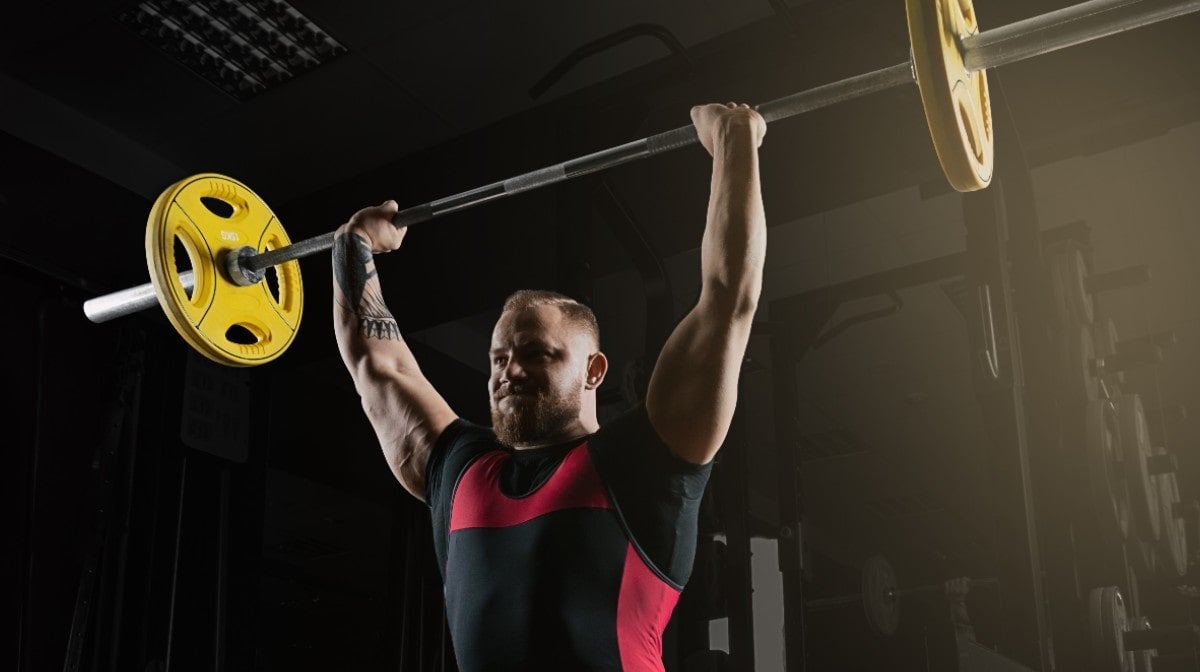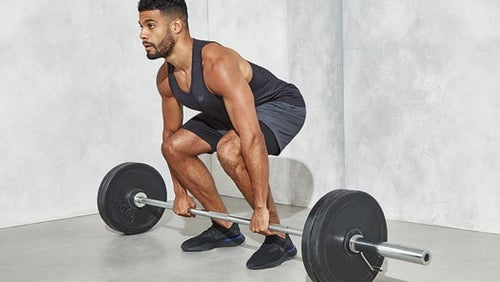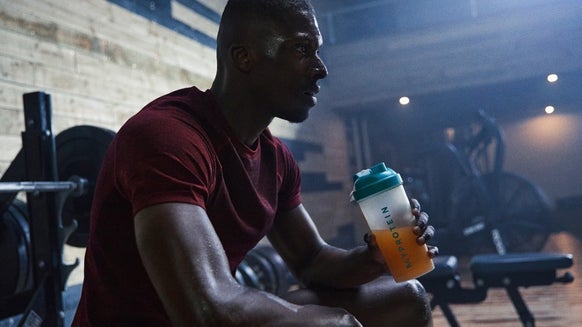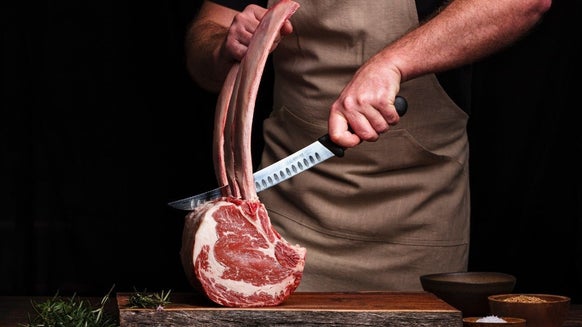TRAINING
How to do the Overhead Press the Right Way

Before You Begin

Performing the overhead press
Barbell or dumbbells?
Selecting the right weight
Should you sit or stand?
Technique
- Pick the barbell off the rack in the front rack position.
- Hold the bar with a 90°angle at your elbow.
- Embrace your core and back to support the movement.
- Exhale and press upwards from this position until the barbell ends up back at the starting point.
- Control the barbell down on the eccentric portion of the movement in front of you until it reaches just above your collarbone.
- Do not lock out the elbow
- Sit on a bench with the seat support up with a pair of dumbbells by your feet.
- A partner can help place the dumbbells in position above your head, or you can pick the dumbbells up off the floor by deadlifting them onto your knees and then bring them up to your start-pressing position by using your knees to kick them up.
- Start from the top of the movement with your arms straight but don’t lock your elbows out.
- Control the weight down until your arm breaks parallel with the ground (the dumbbells should be in line with your head on either side).
- Pause for a second at the bottom of the movement and press upwards to perform the concentric contraction.
- Once you reach the top of the movement continue to perform the rest of the reps within the set.
- The dumbbells shouldn’t touch at the top of the movement.
- You should also remember not to lock out your elbows.
- Try creating a slight arch in your lower back and bringing your chest up and out to aid your range of motion.
Common mistakes and how to fix them
Warm Up
Hyperextending the wrists
Keep the elbows in

Muscles Worked
Deltoids
Triceps
Core
Take Home Message
Enjoy this article?
READ MORE HERE:

5 Ways To Burn 100 Calories In 30 Minutes Or Less
Number 4 is definitely our favourite.
09/30/2019 By Lauren Dawes

10 Deadlift Mistakes That Are Giving You Back Pain
Are you making these mistakes?
09/04/2019 By barness

Chris Appleton Writer and expert






